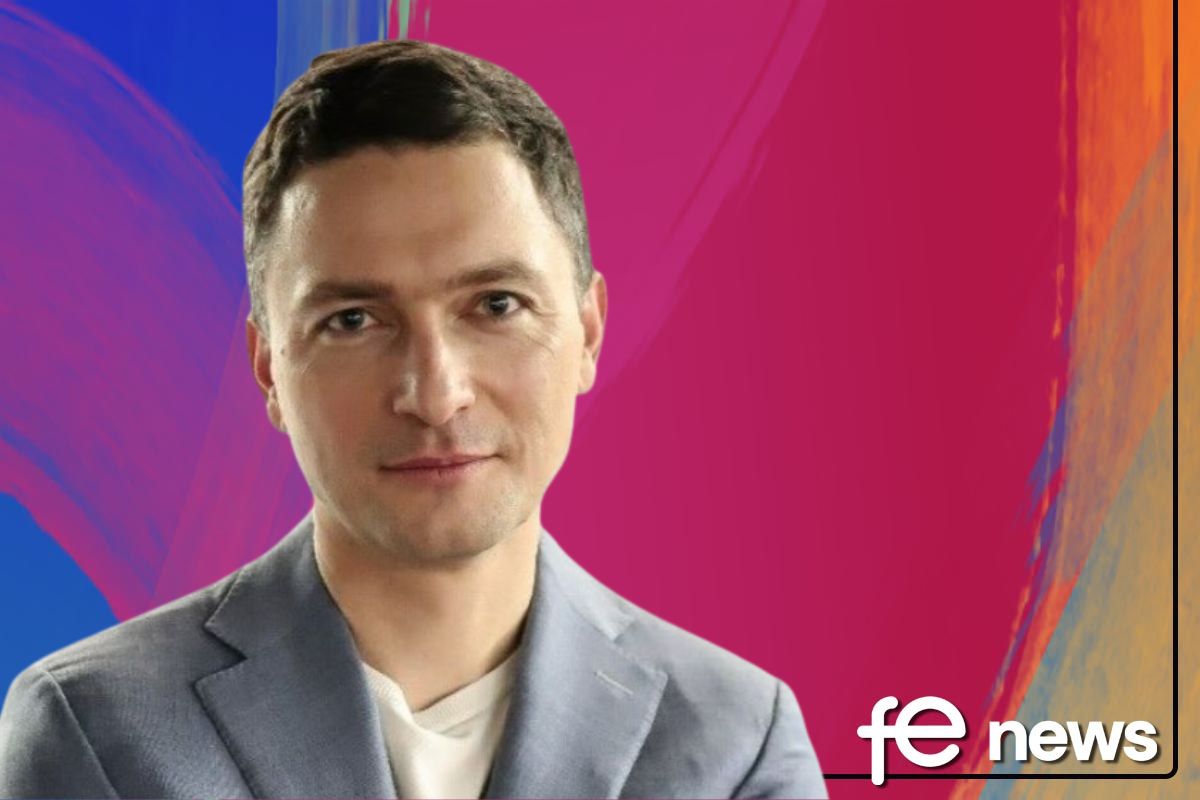Kazakhstan is becoming a world leader in higher education

Kazakhstan has set itself the task of internationalizing its higher education sector and turning the country into one of the world’s leading providers of education.
Despite the existence of objective challenges, the Central Asian country has already achieved a lot of work on this journey, and the current geopolitical situation in the region will only further boost international interest in Kazakhstan and its universities.
One key indicator of Kazakhstan’s progress on this journey — outlined in the country’s strategic development plan — is the share of international students at the country’s universities. In recent years, that number has tripled to more than 26,000, with foreign students now making up 4.5% of all students. The plan is to increase that to 10% by 2025 and to 20% by 2050. The government also expects that by 2025, three Kazakh universities will rank in at least two internationally recognised university league tables. By 2050, the goal is for five institutions to be ranked among the world’s top education institutions.
So, just how ambitious is this goal, what is it based on and, most importantly, how achievable is it?
Competing in the international education market is a serious challenge. Kazakhstan is entering a market dominated by giants like the United States, Britain and Europe, as well as rapidly developing players like China and India. Therefore, Kazakhstan needs to clearly understand and demonstrate what unique aspects it has to offer.
In my opinion, one of Kazakhstan’s key distinguishing features is its special geopolitical situation. As one of the most stable and developed countries in Central Asia, which is increasing relations with both the United States and China, Kazakhstan has become a very attractive option for students not only from across its region, but also from Russia, which left the Bologna Process. Given these preconditions, demand to attend Kazakh universities will remain not only for the next few years, but also over the long-term.
This fortunate geopolitical situation is not the only ace up Kazakhstan’s sleeve when it comes to international education. The country has implemented significant reforms to the sector in recent years — culminating in joining the Bologna Process in 2010 and becoming the first country in Asia to become a part of the European education space.
I am convinced that education is a key pillar of a resilient and sustainable society. It is impossible to build such a society without institutional solutions in the field of domestic education. This notion is increasingly relevant in a world where global competition is constantly changing the rules of the game. Kazakhstan is an example of a country which understands this importance and is actively developing its education system to adapt to new challenges and requirements.
Last year, Kazakhstan was ranked 56th on the UN’s Human Development Index (HDI), entering the category of countries with a “very high” HDI score. This is the result of serious state reforms, including in the field of education, and proof that Kazakhstan is one of the most reformed countries in the post-Soviet space, with its education sector having undergone a radical transformation over the past 30 years.
The country’s progress is increasingly getting the attention of international ratings providers, with Kazakhstan’s top universities being recognised for their curriculums and as destinations for educational exchange programs within Central Asia. British analytical company Quacquarelli Symonds included 31 Kazakh universities in this year’s QS Asia University Rankings.
Today there are 117 universities in Kazakhstan — 47 of which are private. In recent years, a large number of new private universities have appeared in the country, in addition to the older — and radically reformed — state institutions.
Many in the post-Soviet space have a stereotypical idea that commercial universities do not provide quality education and their goal is simply to turn a profit. This is far from true. Public and private universities offer different functions.
For instance, our university Narxoz is a private institution, supported by entrepreneur and philanthropist Bulat Utemuratov. But fundamentally it is a non-profit university, it does not aim to pay dividends or make a profit. All earnings and economic resources are directed towards a single purpose — improving the university through attracting and retaining high-caliber staff, developing infrastructure and offering grants to students.
Narxoz achieved a 5-star rating in the QS rankings in several categories, including quality of education and career opportunities. In the overall rankings, it was one of 111 universities to be awarded four stars. Narxoz has the most extensive international connections of any university in Kazakhstan, including partners such as the University of Pittsburgh in the United States, the University of Helsinki, the University of Coventry in the UK and the EU Business School in Switzerland.
State universities, meanwhile, fulfill a social mission — providing broader access to higher education. From my point of view, this is a good trend, where the education sector has many different players, all taking on different tasks and specializing in different areas.
Kazakhstan’s achievements so far show the country has made excellent progress in developing its education sector. The tasks set down by the government — to boost education exports — are more than justified and achievable. However, it is also important to ensure these efforts do not turn into a blind pursuit of ratings and league tables, but instead are designed to develop the country’s human resources and scientific base.
By Marat Atnashev, Chairman of Narxoz University and Academic Ambassador of Narxoz Business School











Responses